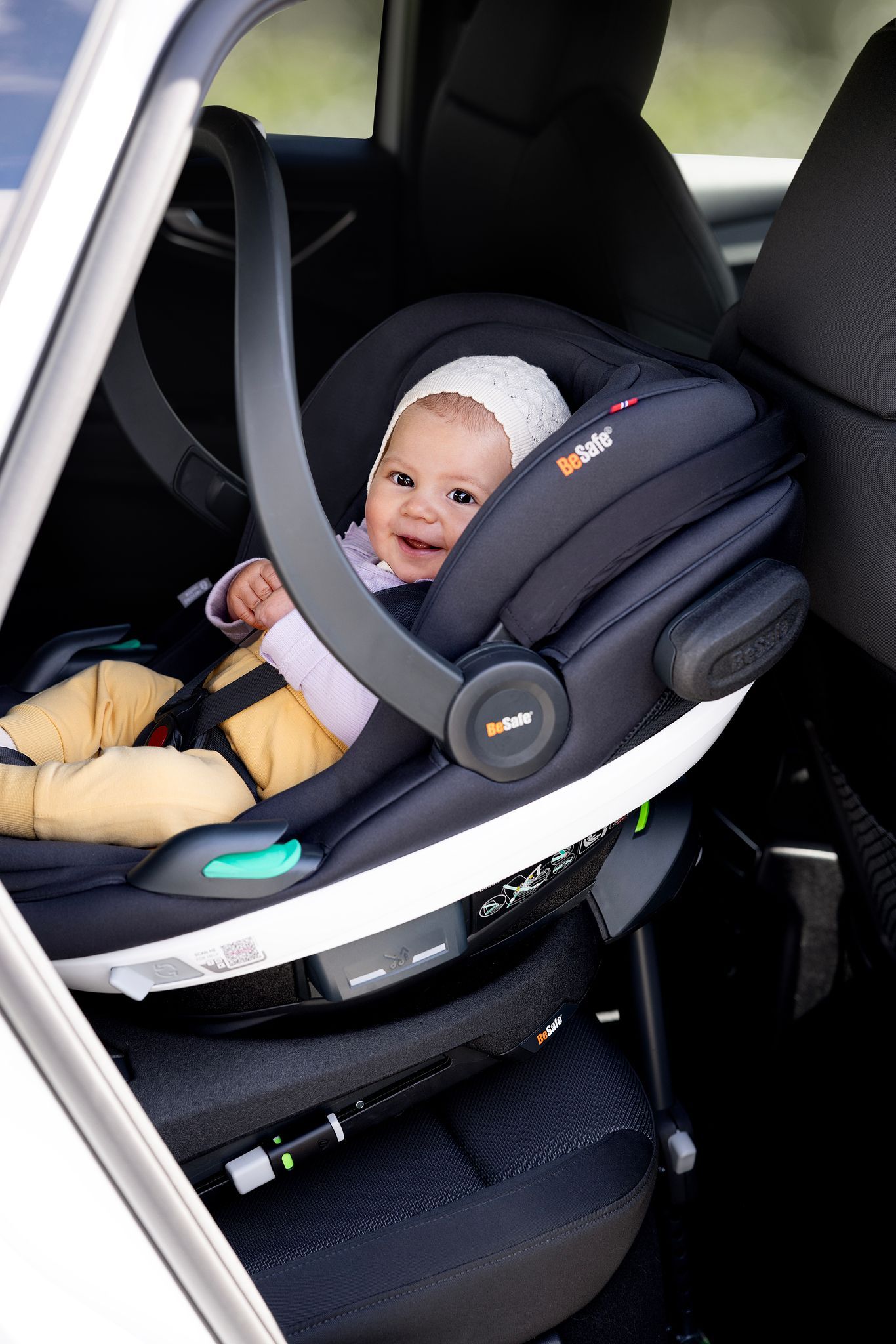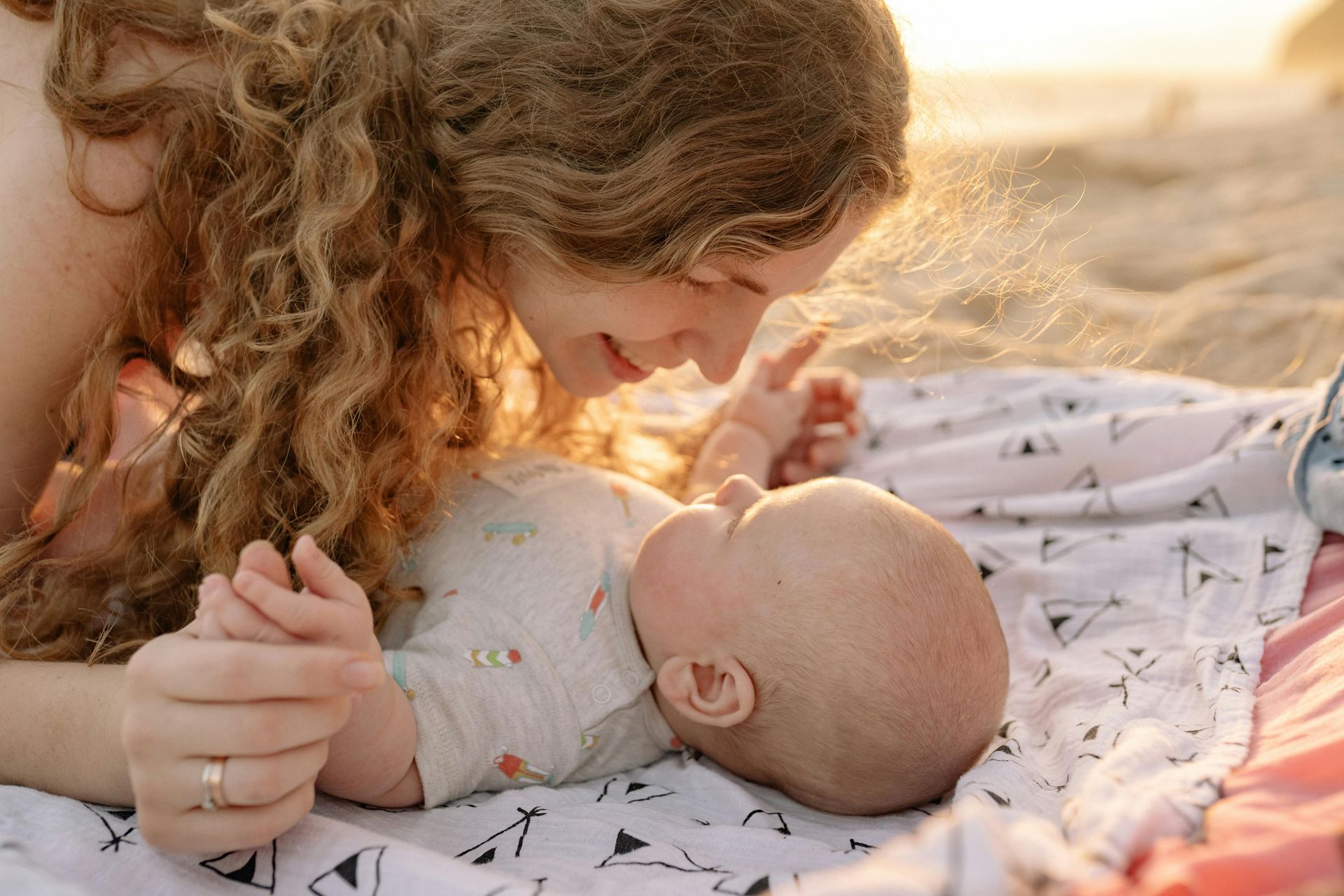What’s the deal with sleep props?
A closer look at sleep crutches and associations.
Written by: Lamis Benjelloun
I love to read a book right before bed, my husband loads up on the news and my best friend can only sleep if the tv is on. My brother cannot sleep unless he is under a serious comforter, no matter the season, and my son can only sleep completely uncovered. We all have things that help us “cook our sleep,” as we say in Morocco. This means that we all have our quirks when it comes to sleep and we all have different ways to prepare for it.
One of the most common misconceptions is that at some point, every child will be able to sleep through the night. And I say misconception because to be perfectly honest with you, nobody sleeps through the night. Not even you. Or me. Instead, throughout the night, we continuously move from one sleep cycle to another until we reach the morning.
As we begin each cycle, we first enter the NREM stages, falling deeper and deeper in sleep, followed by the REM stage. At the end of each cycle, and before the beginning of the next, there will be a brief arousal period. This arousal period is so short that most of the time, we can’t even recall being awake. We might fix our pillow, adjust a cover, but we go right back to sleep. And so should babies.
However, much like most of the systems in their body, newborn sleep starts off under-developed, maturing around the 4-month mark. Many refer to this as the four month sleep regression but all it really means is that baby’s sleep can now be described as cycles that are made of REM and NREM periods, or more like adult cycles. In the first few months of life, the duration of that cycle is short (around 45 minutes) but that lengthens as they get older to reach around 90 minutes.
But what happens if your baby fell asleep in your arms before you laid them in bed. You can imagine that that brief “arousal” period we talked about earlier turns into full on “alarmed waking” as they begin to wonder how they ended up here. This is basically the reason why sleep crutches, props or associations are such a big topic for new or even seasoned moms.
A sleep association or a crutch is any action that a baby needs to fall asleep. When they are unable to put themselves to sleep as infants, we as parents begin to experiment with ways to help them do so. When we find a way that works, we stick to it. As this repeats every night, every night waking, and every nap, the child begins to put the two actions together, or in other words associate them together.
As I said in the introduction of this piece, many adults have such associations. Watching TV, reading or a particular sleep position can be the absolute necessary thing we need to fall asleep. But in many cases, for babies, these crutches are provided by the parents. Take a look at the most common sleep props: nursing, bottle feeding, rocking, bouncing, walking, patting, rubbing or touching. There is no way that baby can reproduce any of these actions on their own at the end of every hour or so as they move from one cycle to the next. They need their parents’ or caregiver’s intervention. Therefore, they need to call out, or cry out, for mom or dad to nurse them back to sleep. Or rock them back to sleep. Or bounce them back to sleep. You get the picture.
Is this a bad habit that we need to change? Only you can tell me. Some moms cherish the time they get to lay next to their baby as they fall asleep. Others don’t mind bouncing their child for a few minutes before bedtime every night. But in some other cases, the exercise is difficult. It is common for babies who rely on sleep props to take very short naps because they can’t move to the next cycle. This leads to a sort of chronic sleep deprivation. When you combine the lack of independent sleep skills with an overtired child, you are talking about hours of bouncing, continually replacing a pacifier or waking up every couple of hours throughout the night.
Can they be avoided altogether? Due to the way the child’s brain and sleep organisation is at birth, babies are born needing a lot of assistance from mom. Having said that, you can certainly try a few things to reduce baby’s reliance on sleep props — making sure of course, that your attempts are age-appropriate:
You can work on varying your soothing techniques
You can work on including other caregivers to soothe baby
You can make sure that baby does not get overtired by offering them as much sleep as possible
You can focus on consolidating naps
You can create a bedtime routine that prepares baby to sleep
You can work on making their sleep space consistent and conducive for sleep
You can try to minimize your reliance on external ways to put baby to sleep, such as strollers, swings, bouncers, etc.
You can adopt a “EAT-PLAY-SLEEP” schedule
But, say your baby does have a sleep association that is not sustainable for your family: don’t worry. It is never too late to help them become an independent sleeper by setting up a healthy sleep foundation.






